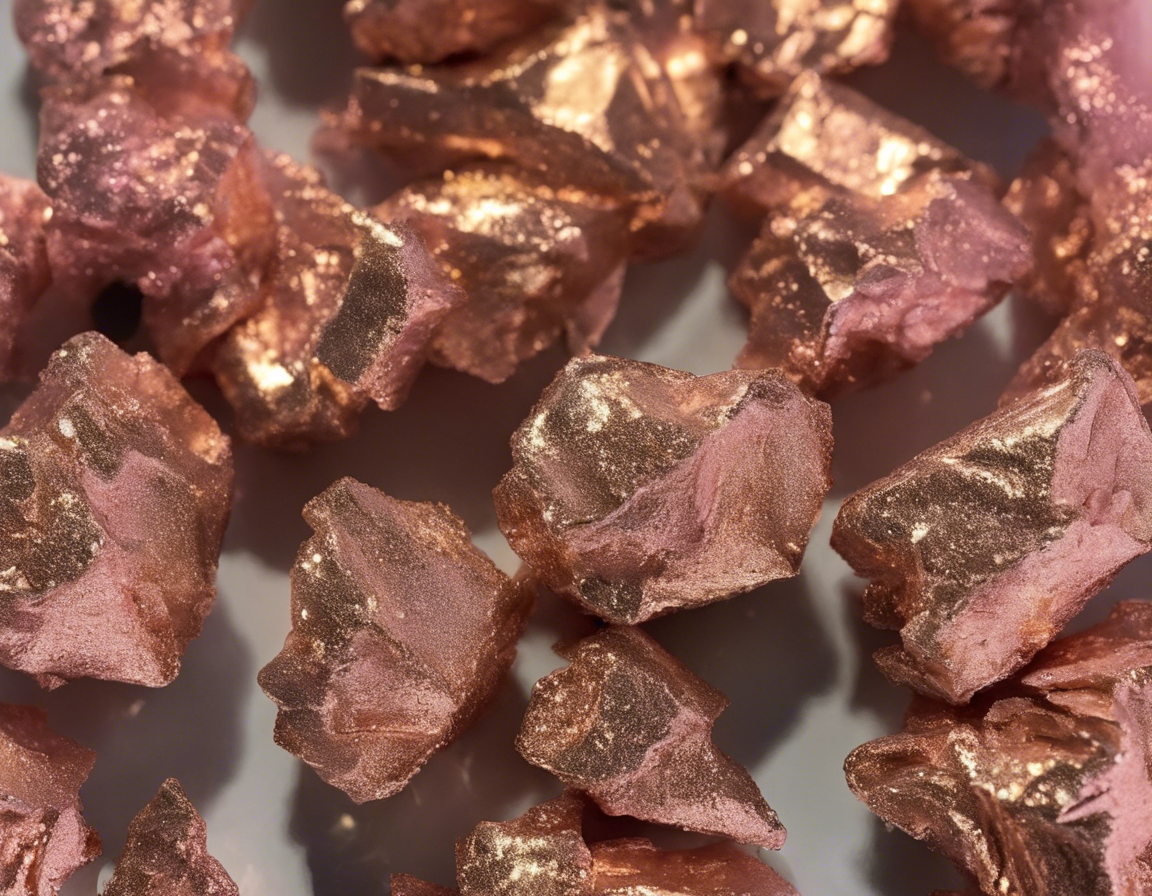भारत में कितने राज्य हैं?
India, the seventh-largest country by land area and the second-most populous country in the world, is divided into 28 states and 8 Union Territories. These states and Union Territories have their own governments that administer the specific areas within their boundaries. Let’s delve deeper into the states and Union Territories of India and understand their significance and characteristics.
States of India
Northern Region
1. Jammu and Kashmir
- Capital: Srinagar (Summer), Jammu (Winter)
- Famous for: Beautiful landscapes, Dal Lake, and Mughal gardens
2. Himachal Pradesh
- Capital: Shimla
- Famous for: Hill stations like Manali and Shimla, adventure sports, and Buddhist Monasteries
3. Punjab
- Capital: Chandigarh
- Famous for: Sikh heritage, Golden Temple, and vibrant culture
4. Uttar Pradesh
- Capital: Lucknow
- Famous for: Taj Mahal, Varanasi, and Lucknowi cuisine
5. Uttarakhand
- Capital: Dehradun (Interim), Gairsain (Summer)
- Famous for: Religious sites like Rishikesh and Haridwar, Himalayan ranges
Western Region
6. Rajasthan
- Capital: Jaipur
- Famous for: Thar Desert, Forts and Palaces, Rich cultural heritage
7. Gujarat
- Capital: Gandhinagar
- Famous for: Vibrant festivals, White Desert of Kutch, and Sabarmati Ashram
8. Maharashtra
- Capital: Mumbai
- Famous for: Bollywood, Gateway of India, and cosmopolitan culture
9. Madhya Pradesh
- Capital: Bhopal
- Famous for: Khajuraho Temples, Bandhavgarh National Park, and historical sites like Sanchi Stupa
10. Goa
- Capital: Panaji
- Famous for: Beaches, Portuguese heritage, and vibrant nightlife
Eastern Region
11. West Bengal
- Capital: Kolkata
- Famous for: Howrah Bridge, Sundarbans, and cultural festivals
12. Bihar
- Capital: Patna
- Famous for: Bodh Gaya, Nalanda University, and historical significance
13. Jharkhand
- Capital: Ranchi
- Famous for: Waterfalls, Tribal culture, and natural beauty
14. Odisha
- Capital: Bhubaneswar
- Famous for: Temples of Bhubaneswar and Puri, Konark Sun Temple, and pristine beaches
15. Chhattisgarh
- Capital: Raipur
- Famous for: Bastar Dussehra, Tribal culture, and natural reserves
Southern Region
16. Karnataka
- Capital: Bangalore
- Famous for: IT hub, Hampi, and lush Western Ghats
17. Andhra Pradesh
- Capital: Amaravati (Proposed), Hyderabad (De jure)
- Famous for: Tirupati Balaji Temple, Marina Beach, and Kuchipudi dance
18. Telangana
- Capital: Hyderabad
- Famous for: Charminar, Hyderabadi Biryani, and historical sites
19. Tamil Nadu
- Capital: Chennai
- Famous for: Marina Beach, Meenakshi Temple, and classical dance forms like Bharatanatyam
20. Kerala
- Capital: Thiruvananthapuram
- Famous for: Backwaters of Alleppey, Tea estates of Munnar, and Kathakali dance
Central Region
21. Chhattisgarh
- Capital: Raipur
- Famous for: Bastar Dussehra, Tribal culture, and natural reserves
22. Bihar
- Capital: Patna
- Famous for: Bodh Gaya, Nalanda University, and historical significance
23. Jharkhand
- Capital: Ranchi
- Famous for: Waterfalls, Tribal culture, and natural beauty
24. Odisha
- Capital: Bhubaneswar
- Famous for: Temples of Bhubaneswar and Puri, Konark Sun Temple, and pristine beaches
25. Chhattisgarh
- Capital: Raipur
- Famous for: Bastar Dussehra, Tribal culture, and natural reserves
Union Territories
1. Delhi
- Administrator: Lieutenant Governor – Anil Baijal
- Famous for: India Gate, Red Fort, Mughal architecture
2. Puducherry
- Administrator: Lieutenant Governor – Kiran Bedi
- Famous for: French colonial heritage, Auroville, and beaches
3. Chandigarh
- Administrator: Administrator – VP Singh Badnore
- Famous for: Rock Garden, Capitol Complex, and planned architecture
4. Daman and Diu
- Administrator: Administrator – Praful Patel
- Famous for: Beaches, Portuguese forts, and churches
5. Dadra and Nagar Haveli
- Administrator: Administrator – Praful Khoda Patel
- Famous for: Silvassa, Tribal culture, and Wildlife sanctuaries
6. Lakshadweep
- Administrator: Administrator – Farooq Khan
- Famous for: Coral reefs, Scuba diving, and white sandy beaches
7. Andaman and Nicobar Islands
- Administrator: Lieutenant Governor – Devendra Kumar Joshi
- Famous for: Cellular Jail, Radhanagar Beach, and Indigenous tribes
8. Ladakh
- Administrator: Lieutenant Governor – Radha Krishna Mathur
- Famous for: Pangong Lake, Nubra Valley, and Buddhist monasteries
Frequently Asked Questions (FAQs)
1. How many Union Territories are there in India?
India has a total of 8 Union Territories. They are distinct from the states and often have a centralized administration.
2. Which is the largest state in terms of area in India?
Rajasthan is the largest state in India, covering an area of approximately 342,239 square kilometers.
3. Which Indian state has the highest population?
Uttar Pradesh is the most populous state in India, with a population exceeding 220 million people.
4. Are there any states in India with a unicameral legislature?
Yes, Karnataka and Andhra Pradesh have a unicameral legislature, consisting of only one house in their state assemblies.
5. How is the Chief Minister of a state in India appointed?
The Chief Minister of a state is appointed by the Governor of that state. The leader of the majority party in the state legislative assembly is usually chosen as the Chief Minister.
6. Which state in India is known as the “Land of Five Rivers”?
Punjab is known as the “Land of Five Rivers” as it is the region where five major rivers of northwestern India converge.
7. Which Indian state is known as the “Spice Garden of India”?
Kerala is known as the “Spice Garden of India” due to its rich spice plantations like cardamom, pepper, and cinnamon.
8. Which Union Territory in India has its own high court?
Chandigarh is the Union Territory with its own high court, established in 1966.
9. Is Puducherry a state or a Union Territory?
Puducherry is a Union Territory in India. It consists of four small unconnected districts: Puducherry, Karaikal, Mahé, and Yanam.
10. What is the special status accorded to Jammu and Kashmir?
Under Article 370 of the Indian Constitution, Jammu and Kashmir had a special autonomous status. However, this provision was abrogated in 2019, thereby integrating Jammu and Kashmir fully into the Indian Union.





